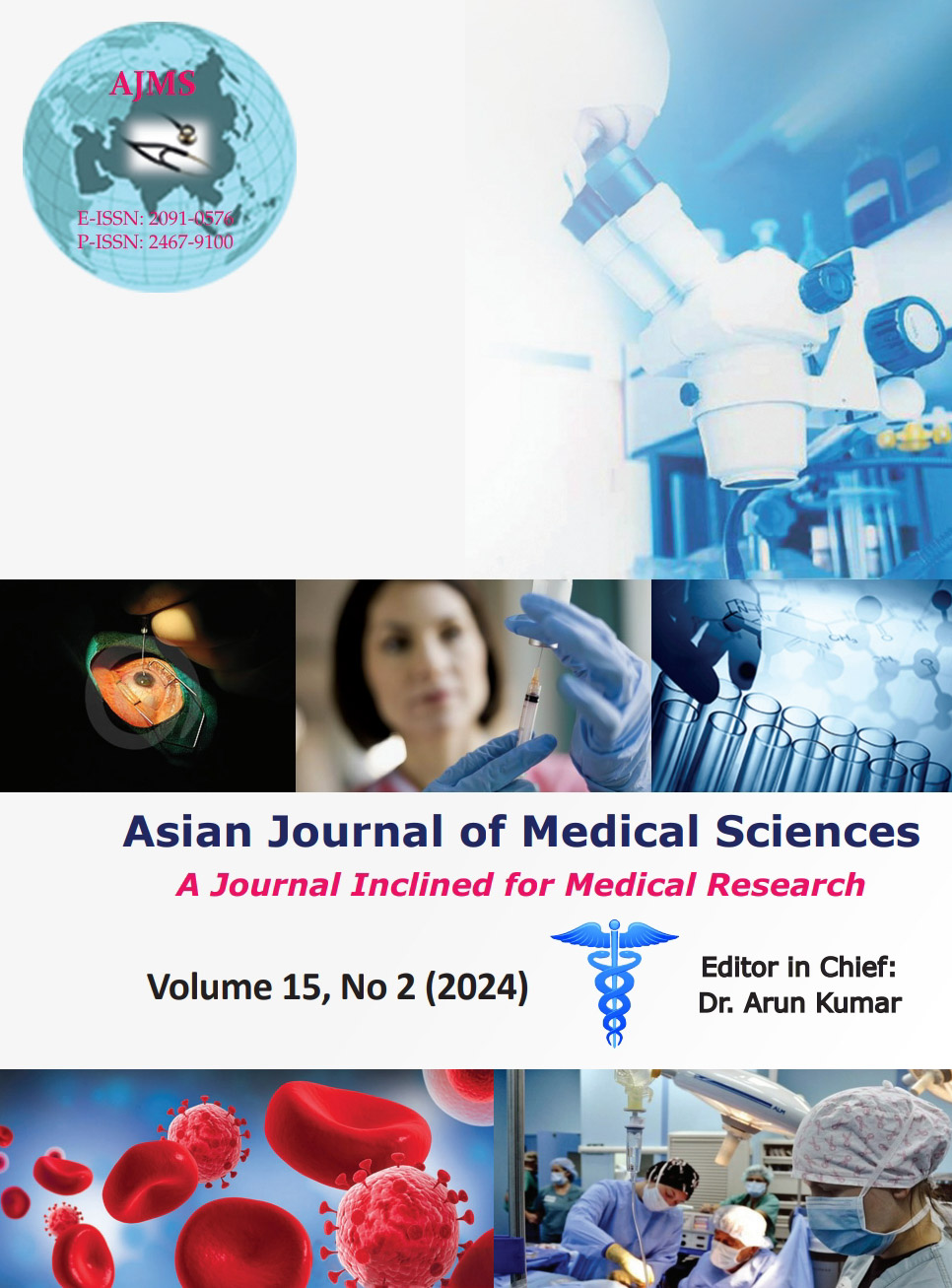Variable presentations of dengue fever with diagnostic dilemma: A case series
Keywords:
Dengue; Hypoplastic anemia; Hepatitis; Pancreatitis; EncephalopathyAbstract
Dengue is a viral fever in humans which is caused by 4 serotypes of the flavivirus. It is spread by the bite of the infected Aedes mosquitoes. The acute febrile illness is often associated with multisystem involvement with complications. The case series presented here depicts atypical manifestations of dengue which may present with hypoplastic anemia, hepatitis, pancreatitis, and encephalopathy. The cases were diagnosed based on history of dengue with subsequent persistence of pancytopenia, presence of hepatitis, pancreatitis, and encephalopathy with serological evidence of dengue and after ruling out other possible etiologies supported by laboratory evidence of investigations. The bone marrow revealed pancytopenia with hypocellular marrow causing hypoplastic anemia, transaminitis and rise of lipase and amylase with symptoms diagnosed hepatitis, pancreatitis, and finally impairment of consciousness with electroencephalogram proved encephalopathy. The importance of the case series lies in the fact that atypical manifestations may occur in dengue patients challenging the physicians and early detection may avoid unnecessary treatment and complications.
Downloads
Downloads
Published
How to Cite
Issue
Section
License
Copyright (c) 2023 Asian Journal of Medical Sciences

This work is licensed under a Creative Commons Attribution-NonCommercial 4.0 International License.
Authors who publish with this journal agree to the following terms:
- The journal holds copyright and publishes the work under a Creative Commons CC-BY-NC license that permits use, distribution and reprduction in any medium, provided the original work is properly cited and is not used for commercial purposes. The journal should be recognised as the original publisher of this work.
- Authors are able to enter into separate, additional contractual arrangements for the non-exclusive distribution of the journal's published version of the work (e.g., post it to an institutional repository or publish it in a book), with an acknowledgement of its initial publication in this journal.
- Authors are permitted and encouraged to post their work online (e.g., in institutional repositories or on their website) prior to and during the submission process, as it can lead to productive exchanges, as well as earlier and greater citation of published work (See The Effect of Open Access).




